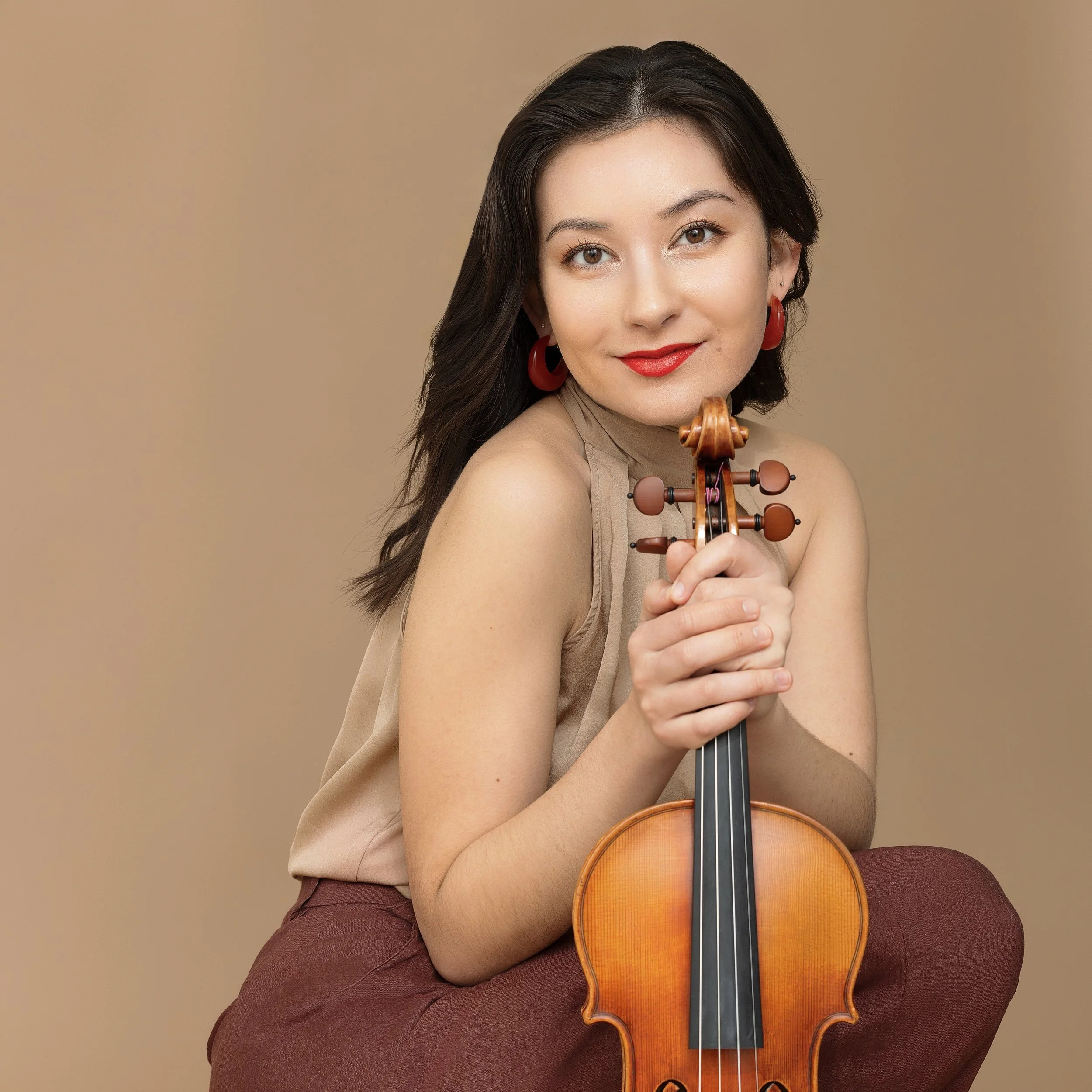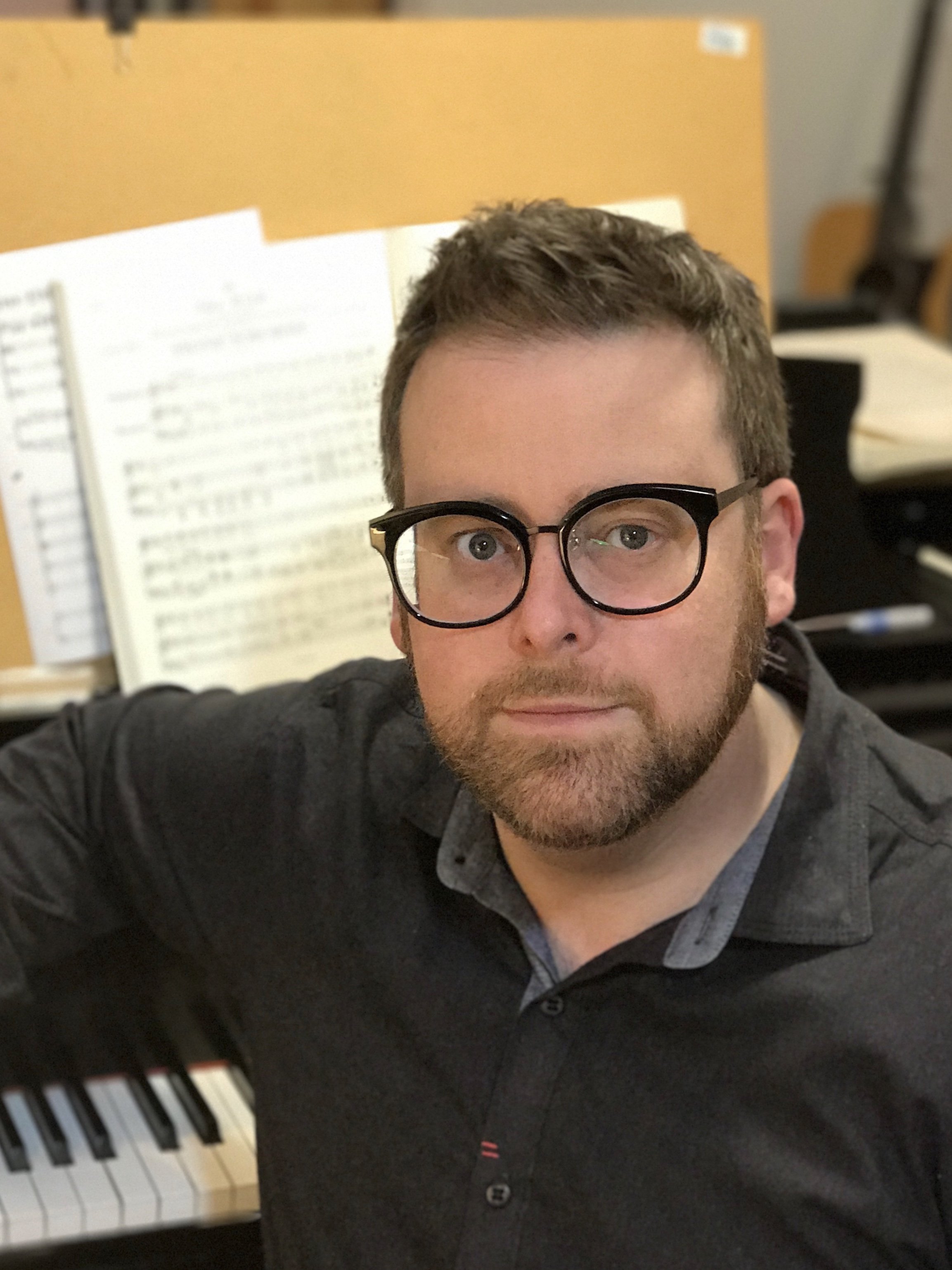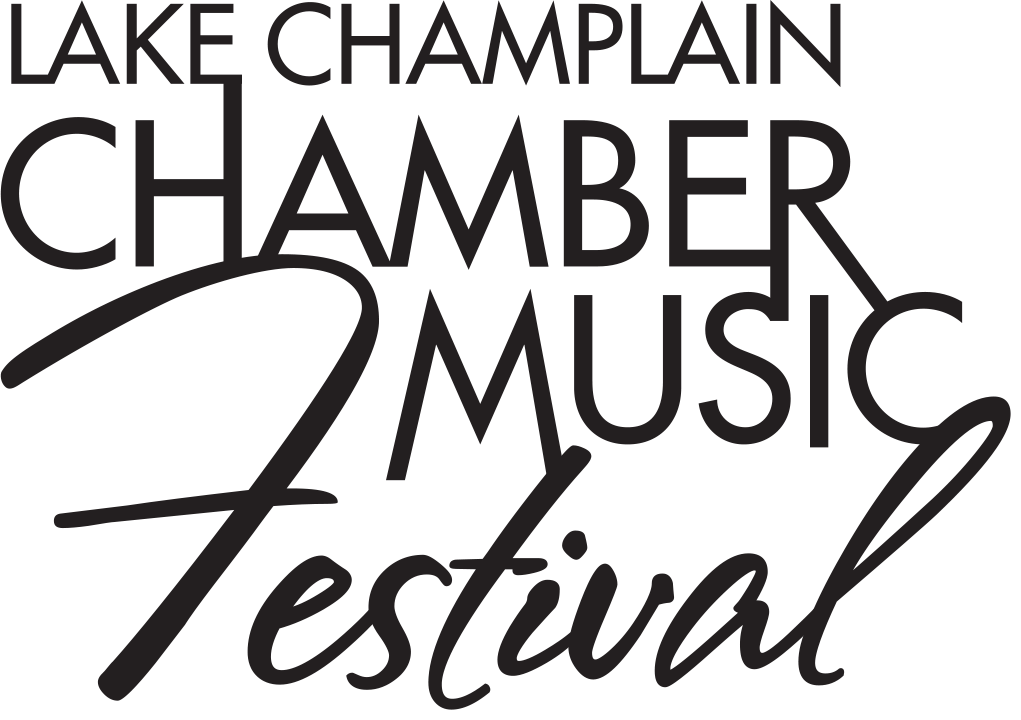CONCERT IV: Creative Phenoms
Sunday, August 24, 2025
Elley-Long Music Center at St. Michael’s College (map)
These three composers - Rossini, Mendelssohn, and Mozart - among history’s greatest prodigies, were forces of nature who created masterpieces with astonishing ease and imagination. This program celebrates the free-flowing emotion of their music that is seemingly born out of pure instinct.
2:00 PM | Doors Open
2:15 PM | PRE-CONCERT CONVERSATION
with SOOVIN KIM and DAVID SERKIN LUDWIG
3:00 PM | CONCERT
PROGRAM
-
Tai Murray, violin
Soovin Kim, violin
Angela Park, cello
Thomas Van Dyck, double bassProgram Note
From humble and colorful beginnings (son of an itinerant opera singer who could not read music and a horn player who doubled as a trumpeter and as an inspector of local slaughterhouses; student of a man who could play a keyboard scale with two fingers only and often fell asleep standing up while teaching) Rossini had plenty of chance to find wit in the world about him. He rose to be the toast of Europe and addressed many serious topics in his time – grand opera with the usual mayhem of tyranny, love, blood and betrayal – but his lasting legacy remains the astonishing melodious geniality and wit infusing his work. “Give me a laundry list,” he famously said “and I will set it to music.” Entirely appropriate then that his final serious opera, Guilliaume Tell, remains familiar today not for its revolutionary fervor rebelling against political oppression but for its overture which has trotted into our communal memory as the theme for ‘The Lone Ranger.’ (Pause here to hum it to yourself.)
The six string sonatas, early works written in Italy during a summer stay at the home of his friend Agostini Triossi, show already his innate capacity for ingratiating entertainment – relaxed, insouciant, and of course insidiously tuneful. A rich merchant and amateur bassist, Triossi held frequent chamber music evenings where, Rossini reported, “everyone played like dogs, except me”. So, the available friends account for the odd instrumentation of the works – two violins, cello, and double bass. Since Triossi’s own cousin got to play first violin, Rossini found consolation in writing a substantial part for his role as second. In his old age Rossini revised these sonatas for publication, but for years the original manuscripts were lost and the sonatas were played in various transcriptions, even wind ensembles. When the manuscripts finally turned up in 1954 in that most unwitty of cities – Washington, D.C. – Rossini’s unusual choice of instruments was reconfirmed.
The neighboring Malerbi family had a fine library of Haydn and Mozart and the sonatas unabashedly reflect Rossini’s delight in the great Austrian composers. He later touchingly confessed: “Mozart was the admiration of my youth, the desperation of my mature years, and the consolation of my old age.” In the Austrian tradition, these sonatas follow the conventional fast-slow-fast movement structure, but instead of the treble and bass instruments always doubling or paralleling each other, as would be expected at the time, each instrument often carries its own line. One hears them smiling and bowing to each other in a social minuet, stately, saucy, innocent, virtuoso, deferential, slyly seductive.
The opening bars of the G major Sonata seem to nudge the listener in the ribs, forecasting harmless fun, and the whole movement indeed has a cheeky gracefulness, interrupted by flurries of virtuoso display. Even the double bass gets to trundle along at amusing speed. The second movement is startlingly pensive and serves notice that Rossini is not always light-hearted. Note how the violins sigh downwards and give way to the serious growling rumination of the double bass. A dancing rondo closes the sonata.
One parting thought on this charming work: check the composition date, then Rossini’s birth date – February 29th, by the way, the ultimate in witty birthdays. And do your arithmetic. What were you, or any of your brilliant children or grandchildren, doing at that age which will still be providing such pleasure over 200 years later?
©2010 Frederick Noonan
-
David McCarroll, violin
Peter Stumpf, cello
Gloria Chien, pianoProgram Note
Felix Mendelssohn was a musician of many talents. An exceptional violinist, organist, composer, and conductor, he is considered second only to Mozart in virtuosity. He solidified his place in the European classical canon by closely following its lineage. Much of his work was influenced by Baroque and Classical forms, including the oratorio, fugue, and sonata. Mendelssohn was especially drawn to the music of Johann Sebastian Bach, whose influence can be seen in his interest with counterpoint and choral-style writing. He is often credited with J. S. Bach’s revival in the public eye, with his performance of the Saint Matthew Passion being an especially critical one.
Mendelssohn completed his second Piano Trio in 1845, toward the end of his relatively short life. During this time, his son, Felix, was gravely ill with measles, and his sister, Rebecka, struggled with jaundice. He returned home to Frankfurt and declined a number of commissions that would have required travel. As a result, more of Mendelssohn’s attention was put toward his family. His new-found free time was otherwise devoted to composition. Alongside the Piano Trio, he also completed the Organ Sonatas, a volume of Lieder ohne Worte (Songs without Words), and his Opus 87 String Quartet during this period. The Second Piano Trio was first read through by W. S. Rockstro, Ferdinand David, and Mendelssohn himself. Rockstro was a student who had sought Mendelssohn out on his way to Leipzig. A few months after its completion, he presented the trio to his sister, Fanny, on her birthday that year. The piece was dedicated to Louis Spohr, a contemporary of Mendelssohn’s.
The first movement begins with an ominous arpeggiated figure in the piano, with pedal chords being held in the strings. Although the movement harks back to the classical sonata in its use of benchmark keys and recapitulations of the theme, its breadth of chromaticism clearly separates it from the more conventional sonatas of Beethoven and Mozart. Especially of note is the use of both C minor and C major, perhaps a foreshadowing of the eventual transformation seen in the fourth movement. Following with the Andante, the piano opening is serene, the rhythmic motif giving it a lilting quality that remains for the entirety of the movement. The strings enter with the same gentle melody, the piano texture largely remaining chordal until a delicate, harp-like arpeggio appears. The calm is abruptly interrupted by the rapid 16th notes of the Scherzo, with its fierce drive and sudden changes in dynamic extremes. Mendelssohn brings us home with the Finale, which begins with an uncharacteristically large leap in the cello. The pick-up into the C minor action gives the movement an immediate ‘kick’ into action that drives into a contrasting chorale section. For this, Mendelssohn used the hymn tune, “Old Hundredth,” also used by Bach in the chorale cantata “Herr Gott, dich loben alle wir.” He continues to intertwine the chorale and the opening figure in the cello, until he triumphantly reaches C major with the definitive return of the chorale tune.
Mendelssohn’s multi-faceted virtuosity is exemplified by his Second Piano Trio. The rapid passagework and long, careful melodies place great demands on the performers. As a performer himself, he would have understood these challenges first-hand. He also showcases his mastery of form and structure by weaving seamlessly through sonata idioms, free chorales, and imitative, contrapuntal moments.
© Elise Winkler, Young Composer 2025
-
David McCarroll, violin
Tai Murray, violin
Isabelle Durrenberger, viola
Nicholas Cords, viola
Angela Park, cello
Peter Stumpf, cello
Thomas Van Dyck, double bassProgram Note
In August 1777, Wolfgang Amadeus Mozart and his mother Anna left Salzburg for Paris in search of employment. Along the way, mother and son visited Mannheim, which boasted one of the finest orchestras in Europe. Inspired by the orchestra’s high level of musicianship, composers who wrote for Mannheim introduced several musical innovations that quickly spread to cities as distant as Paris and London. Unfortunately for Mozart, no appointment was forthcoming in Mannheim or elsewhere, but the journey yielded other benefits. Impressed by the forward-sounding music he heard in Mannheim, Mozart incorporated these new ideas into his own music.
In both Mannheim and Paris, Mozart encountered a newly popular concerto format featuring multiple instruments, known as a sinfonia concertante. These works combined elements of both symphonies and concerti, and could feature duos, trios, or even quartets of soloists, in the manner of a Baroque concerto grosso.
Of the many sinfonia concertantes written in the latter decades of the 18th century, Mozart’s Sinfonia concertante for Violin and Viola is perhaps the only one still performed and recorded today. The soloists’ dialogue is an animated conversation ranging through several topics and moods, with each soloist contributing equally to the musical ebb and flow. The soloists enter together, playing the same phrase in octaves in the Allegro maestoso, before they begin trading phrases back and forth. In this movement Mozart presents their parts as two halves of a larger, unified whole.
Mozart was a skilled violinist, but he preferred to play viola parts, particularly in chamber works. His love of the viola’s resonant tone is evident in the melancholic beauty of the central Andante. The vivacious Presto unleashes a playful competition between the two soloists, and between the soloists together against the full orchestra. The feather-light rapidity of the main theme evokes an irrepressible joy, and simultaneously demands the utmost in both technique and musicianship.
© Elizabeth Schwartz
General Admission $49
Under 30 & Music Educators $20
Students $5
General Admission $255
Under 30 & Music Educators $90
Students $10
ARTISTS
-

David McCarroll
VIOLIN
-

Tai Murray
VIOLIN
-

Nicholas Cords
VIOLA
-

Isabelle Durrenberger
VIOLA
-

Angela Park
CELLO
-

Peter Stumpf
CELLO
-

Thomas Van Dyck
DOUBLE BASS
-

Gloria Chien
PIANO
-

Soovin Kim
VIOLIN
-

David Serkin Ludwig
RESIDENT COMPOSER

